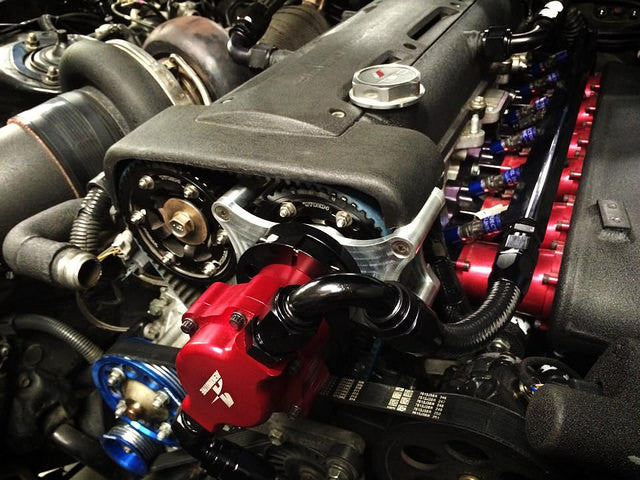
The fuel pump plays a crucial role in the efficient functioning of any vehicle's engine. It ensures that the right amount of fuel is delivered to the engine at the correct pressure. Monitoring and maintaining the fuel pump pressure is essential for optimal engine performance and fuel efficiency. In this article, we will delve into the intricacies of checking fuel pump pressure and provide practical insights on how to optimize it.
- Understanding Fuel Pump Pressure:
Fuel pump pressure refers to the force at which fuel is delivered from the pump to the engine. It is typically measured in pounds per square inch (psi). The correct fuel pump pressure ensures that the engine receives the right amount of fuel for combustion, preventing issues like poor acceleration, engine misfires, and decreased fuel economy. - Symptoms of Incorrect Fuel Pump Pressure:
Before checking the fuel pump pressure, it's important to be aware of the signs that indicate a potential problem. These may include engine stalling, difficulty starting the vehicle, loss of power, and unusual engine noises. Identifying these symptoms early on can help prevent further damage and costly repairs. - Tools and Equipment Needed:
To check fuel pump pressure accurately, you will need a fuel pressure gauge, a fuel pressure test kit, and the vehicle's service manual for reference. It's crucial to use the correct tools and follow safety precautions to avoid any accidents or injuries. - Step-by-Step Guide to Checking Fuel Pump Pressure:
a. Locate the fuel pressure test port: Consult the vehicle's service manual to find the location of the fuel pressure test port. It is usually located on the fuel rail or the fuel line.
b. Prepare the fuel pressure gauge: Connect the fuel pressure gauge to the test port, ensuring a secure connection.
c. Turn on the ignition: Without starting the engine, turn the ignition key to the "on" position. This will activate the fuel pump and pressurize the system.
d. Read the fuel pressure: Observe the fuel pressure gauge and note the reading. Compare it to the manufacturer's recommended specifications for your vehicle.
e. Interpret the results: If the fuel pressure falls outside the recommended range, further investigation is necessary to identify the underlying issue. - Optimizing Fuel Pump Pressure:
a. Fuel pump inspection: Check the fuel pump for any signs of damage or wear. Replace any faulty components to ensure proper fuel delivery.
b. Fuel filter replacement: A clogged or dirty fuel filter can restrict fuel flow and affect pump pressure. Regularly replace the fuel filter as per the manufacturer's recommendations.
c. Fuel system cleaning: Over time, deposits can accumulate in the fuel system, affecting pump performance. Periodic fuel system cleaning can help maintain optimal fuel pump pressure.
d. Professional assistance: If you are unsure or unable to diagnose and rectify fuel pump pressure issues, it is advisable to seek professional help from a qualified mechanic.
Conclusion:
Checking and optimizing fuel pump pressure is a critical aspect of maintaining a vehicle's performance and fuel efficiency. By understanding the importance of fuel pump pressure, recognizing symptoms of potential issues, and following the step-by-step guide provided, you can ensure that your vehicle's fuel system operates at its best. Regular maintenance and periodic checks will help extend the lifespan of your fuel pump and prevent costly repairs down the line.


